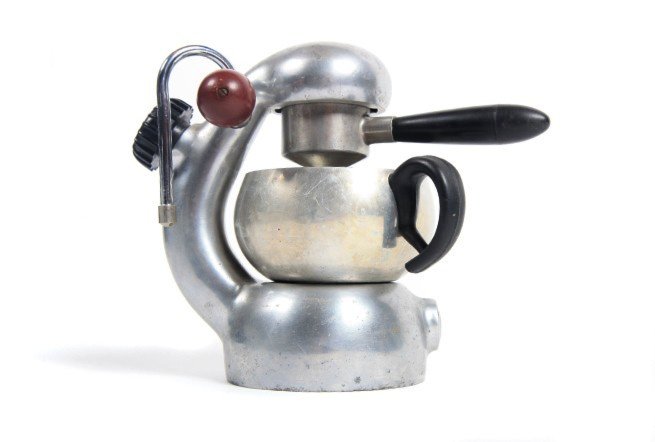Whenever I go to the tool show there are always tools that sit on what could figuratively be called the “end of the bench”. These are not traditional woodworking tools by any means, and usually involve measurement tools, more akin to be used by a machinist than a woodworker. But here’s the thing, there are times when an instrument such as a caliper is worth its weight in gold. There are many forms of caliper (or calliper), an instrument used to measure the distance between two opposite sides of an object.
Calipers have not really changed that much since Roman times. A Roman caliper was characterized by two bowed legs, joined at one end so they can pivot. The caliper was used to transfer measurements between two pieces of work, or between a schematic, and a piece of work.

Most calipers used by woodworkers are of the form that have two legs held together in some manner such as a riveted joint. These are typically in the form of simple inside, outside, or combination inside/outside calipers. Others such as the “Lancashire pattern” are more complex, in either wing or spring varieties. In the wing caliper, a curved wing is attached to one leg, and passes through a hole in the other, and is used for fixing the legs in the required position with a small thumbscrew. In a spring calliper, instead of being connected by a movable joint, the legs are connected at the top by a steel spring. The distance between the legs is regulated by a wing nut fitted to the end of a threaded rod which is pivoted to the centre of one leg, and passes through a hole in the other.

These calipers are often used by woodturners. Outside calipers are used to measure solid cylindrical work, whereas inside calipers are used for measuring the diameter of turned recesses, hollow cylinders etc. There are also some quite interesting versions of calipers, usually designed to resemble legs of come sort.

NB: Machinists often use a micrometer caliper. These tools measure in terms of thousandths, or 1/10000s of an inch. They can be in the form of inside, outside or combination micrometers, or even depth gauges (or gages).







